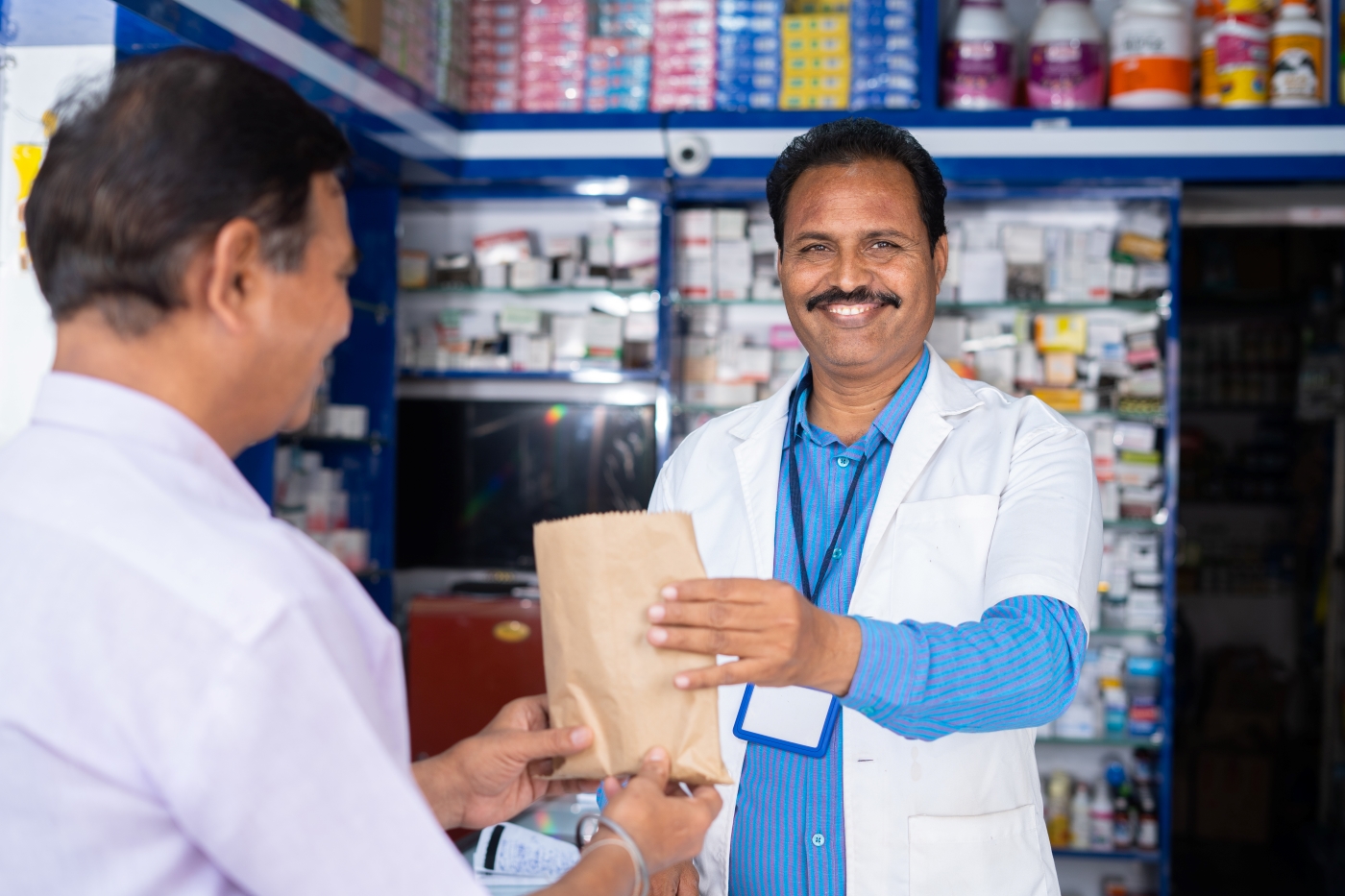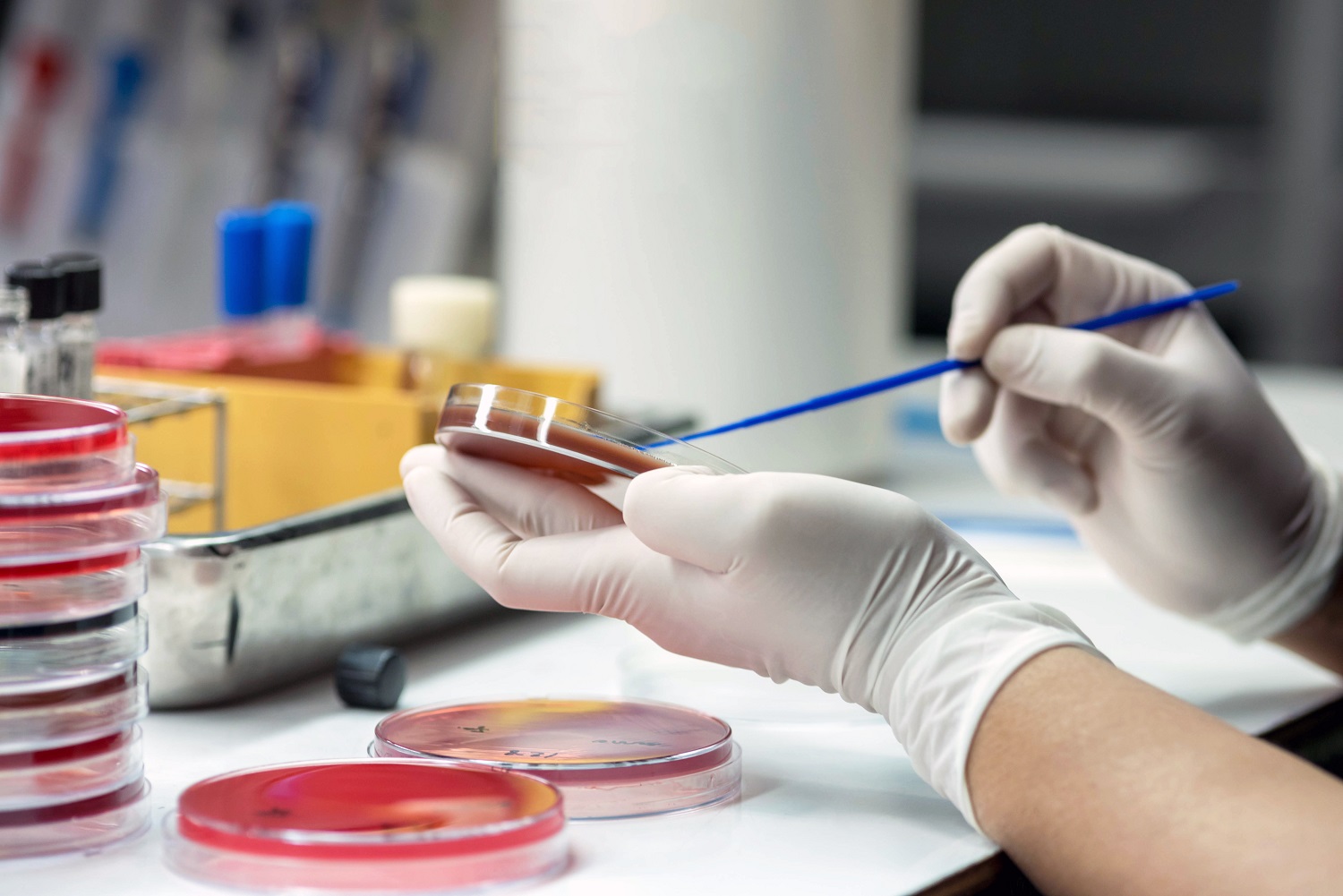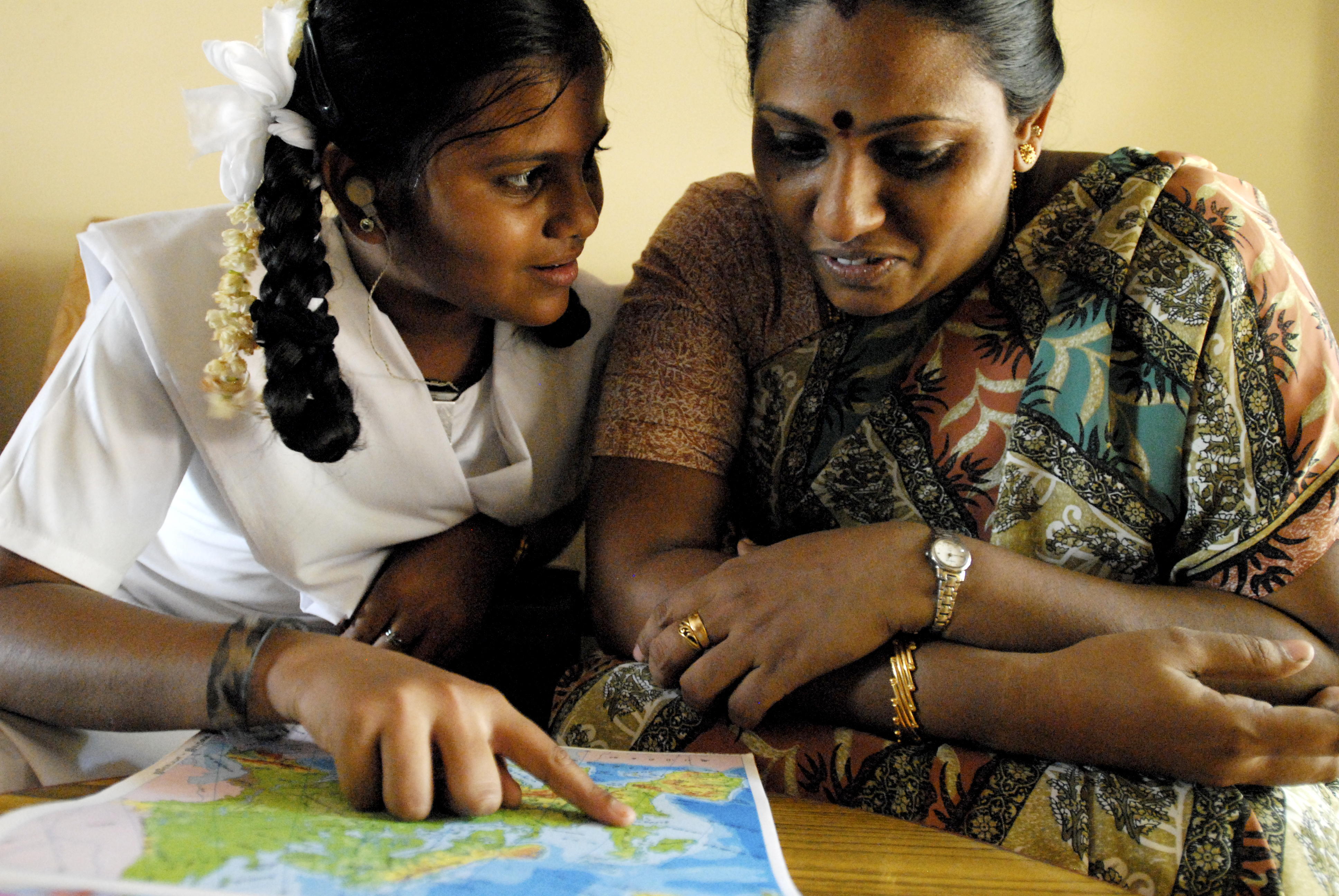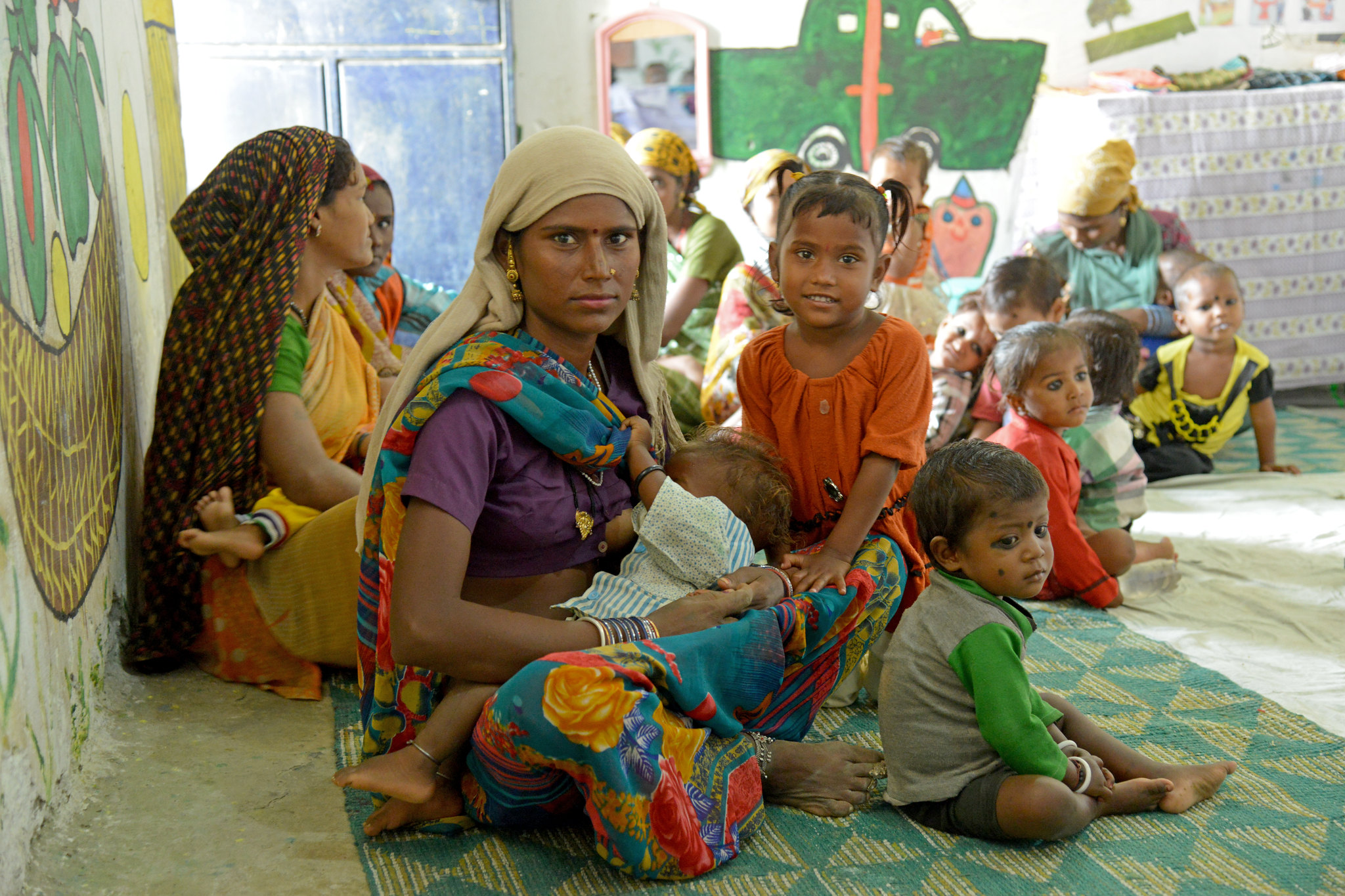Recommended
Building on research and analysis led by the Indian School of Business.
Summary
India is racing against the clock in its fight against antimicrobial resistance. A combination of complex regulatory and procurement systems, a lack of health insurance penetration, and little groundwork on state and national action plans has stymied progress. A multi-fold approach is needed to improve access to, and innovation of next-generation antimicrobials and enhance stewardship practices. Improving access to the World Health Organization’s list of Watch and Reserve categories of antimicrobials through existing and new procurement channels, strengthening stewardship and diagnostic facilities in hospitals, and developing an environment conducive to antimicrobial research and development is key to achieving these goals.
Background
Antimicrobial resistance (AMR) is a major public health issue that poses a threat to global health security, with India carrying one of the largest burdens of drug-resistant pathogens worldwide. In 2019, 1.8 million deaths in India were related to bacterial infections. Of these infections, just over a million deaths are associated with drug-resistant pathogens, and almost 300,000 are estimated to be caused by drug resistance. Data analysis shows that critical-priority class pathogens show more than 50 percent resistance to more than half of the available antimicrobials. On analysing the temporal trends of resistance in critical-priority pathogens from 2015–2021, it was found that the number of antimicrobials per pathogen that show low resistance has dropped over time, whereas the number of antimicrobials per pathogen that exhibit exceedingly high resistance has increased.
The healthcare system in India faces multiple challenges due to the complex regulatory framework split between the central and state governments. A lack of clarity regarding regulations and poor coordination among bodies are key barriers to conducting clinical trials in India. In public drug procurement, each state in India creates and updates its own essential drug list independently. This leads to a multitude of independent systems for drug procurement, which can make the procurement process more difficult. The National Action Plan on AMR lacks detailed roadmaps for collaboration between private and medical service corporations to improve drug procurement and access. There is insufficient focus on drug procurement, access, and stewardship practices, as well as scarce implementation and inadequate uptake by states; only four out of 28 states have action plans.
Challenges in improving access to high-end antimicrobials
More than half of states have only one or no Reserve category antimicrobials listed in their essential drug list. State medical service corporations (MSCs) work in silos, resulting in the ad-hoc acquisition of critical drugs and higher wholesale procurement prices for states. Small-sized private sector hospitals also face low-volume demand for high-end antimicrobials (defined here as relevant Watch and Reserve categories of the WHO AWaRE list that treat critical-priority pathogens in the Indian Priority Pathogen List), which makes procurement difficult and costly. The lack of flexibility in including high-end drugs in national- and state-funded insurance schemes creates further barriers to access.
Challenges in improving stewardship for existing and high-end antimicrobials
Poor implementation of infection prevention and control practices, limited data on AMR, gaps in diagnostic capabilities, and improper prescribing patterns among clinicians, impede effective stewardship in India. Concerns also exist around the limited access to rapid diagnostics, which are only available in a small number of hospitals charging high fees. There is also a lack of infrastructure and workforce to conduct antimicrobial susceptibility testing in government facilities.
Challenges associated with the innovation of high-end antimicrobials
Weak regulation, a lack of patent-friendly policies, difficulty creating a target product profile, and a nascent innovation ecosystem, are key challenges associated with innovating next-generation antimicrobials in India. These challenges result in significant costs and delays around conducting clinical trials, difficulties meeting criteria and sample size, delays in patent grants, and limited funding for R&D.
Recommendations
A coordinated response across private and public health entities is needed to increase access to high-end antimicrobials, strengthen stewardship practices for the judicious use of antimicrobials, and improve the innovation ecosystem.
Improve access to new and existing antimicrobials in the public and private sector
By adding high-end antimicrobials to the state essential drug lists, MSCs can move towards centralized procurement, thereby reducing the price and ad-hoc purchases of such drugs. Increasing interstate collaboration by exchanging procurement data on a dashboard can also reduce the purchase price of high-end antimicrobials. High-end antimicrobials should be introduced through national and state-funded insurance programmes. In addition, central and state governments could incentivize high-end procurement through existing state-owned pharmacies (wherever available, e.g., Karunya Community Pharmacies) or dedicated outlets for drug distribution. By pooling demand, which would enhance access to high-end medications, strengthen their negotiating power, and reduce costs, small and midsize private hospitals serving low-income groups can overcome the problem of low demand for high-end antibiotics.
Enhance stewardship practices and expand diagnostics infrastructure
An accreditation system, aimed at smaller hospitals in the private sector that rates hospitals based on their antimicrobial stewardship practices and links this accreditation to access to high-end drugs at preferential rates, can improve stewardship practices. The existing National Accreditation Board for Hospitals & Healthcare Providers accreditation programme could be extended to include standards for antimicrobial stewardship procedures. Building point-of-care diagnostics capabilities in private hospitals to enable early pathogen detection and facilitate rapid antimicrobial susceptibility testing is also key. In addition to improving current surveillance practices to ensure the judicious use of antimicrobials and to prevent the emergence of resistance, the surveillance coverage should be broadened to include recently added antibiotics.
Stimulate antimicrobial innovation
To enhance innovation, India can create a Target Antimicrobial Profile (TAP), modelled on the World Health Organization’s Target Product Profile, which includes estimates of disease burden, target population, expected price, intended use, and highlights other desired attributes of the products related to safety and efficacy. The TAP should list the prominent resistance molecular mechanisms present in India. The government could signal its intent to get high-end antimicrobials into the Indian market through different initiatives, e.g., expedited approvals, extended patent protection, and assurance of a minimum price. High-end antimicrobials should be added to the list of drugs permitted to expedite the trial process under new regulations.
Successfully implementing these recommendations requires an integrative and well-coordinated response from both public and private stakeholders in India to avoid a potential catastrophe in
Rights & Permissions
You may use and disseminate CGD’s publications under these conditions.







